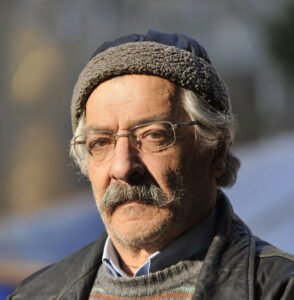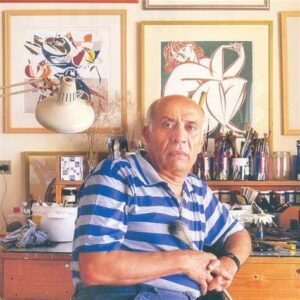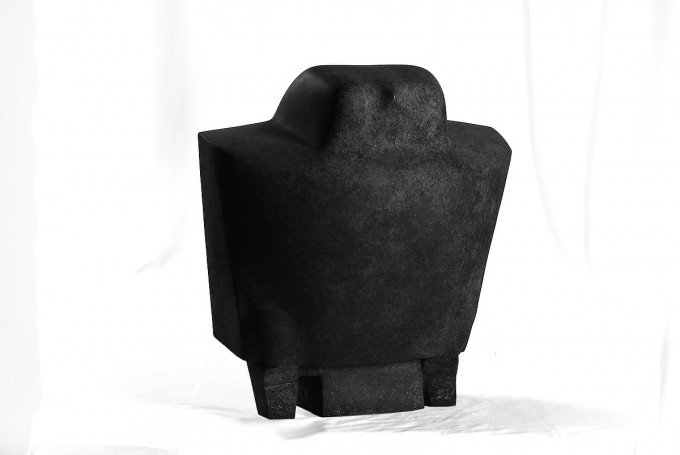
Born 31 March 1929 in Cairo’s traditional Bab al‑Shaariyya district to a family of gold and silversmiths originally from Asyut. Raised in a rich tapestry of community crafts.
At age eight, a school trip to the Egyptian Museum sparked a lifelong fascination with Pharaonic sculpture. He modeled a clay bust of Akhenaton the very next day—prompting his father to display it in his shop . This epiphany propelled him toward a formal arts education.
By 1953, he had graduated from Cairo’s School of Fine Arts, now the Academy of Fine Arts, earning the prestigious Luxor Prize by 1954 at only 25 years old . His early works, influenced by ancient Egyptian statuary, portrayed simplified, graceful figures—evoking the solidity and inner life of the “Sheikh el‑Balad” scribe .
Shaping His Style: Upper Egypt & Europe (1954–1971)
After graduation, Henein spent two transformative years (1954–1956) at the Luxor Atelier, studying ancient Egyptian form under Mohammad Naghi’s guidance in Upper Egypt . He later visited Nubia (1963–1969), living on Elephantine Island near Aswan—immersing himself in tomb paintings and rural life while producing elegant sculptures of figures and animals in plaster and bronze .
In 1957–59, he studied in Munich and completed his first European solo show in 1959 . Those years sharpened his melding of ancient aesthetics with modern modernist simplicity. By 1971, he and his wife, Afaf el‑Dib, whom he married in 1963 (after he converted to Islam in 1961), moved to Paris—intending just a year’s stay but remaining 25 years .
The Parisian Chapter: Modernism Meets Tradition (1971–1996)
Paris ushered in artistic expansion. Working in bronze, granite, wood, clay, iron, and slate, Henein embraced abstraction, rooted in simple volumes. His painting practice, using natural pigments on papyrus bound with gum arabic, echoed ancient fresco techniques .
He exhibited widely: Sultan Gallery (Kuwait), Galerie L’Atelier (Rabat), Munich, London—garnering Gulf region patrons, particularly in Saudi Arabia where his art adorned airports and government agencies . In 1960 he had represented Egypt at the Venice Biennale, reinforcing international acclaim.
National Treasure: Restoring the Sphinx (1989–1998)
In 1989, Egypt’s Ministry of Culture invited Henein to lead the restoration of the Great Sphinx of Giza, a mission he described as mission to rescue “the soul of Egypt.” Over nearly a decade, his artistry and reverence guided a sensitive revival of this national icon—earning him the State Award for the Arts in 1998.
Return Home & Cultural Legacy (1996–2020)
Upon returning to Egypt in 1996, Henein’s homecoming sparked a creative renaissance. That year, he founded the Aswan International Granite Sculpture Symposium, drawing artists to work with local granite in situ. The symposium became a landmark cultural fixture. His granite sculptures—forged with skill and minimal abstraction—blended timeless monumentality with poetic depth .
In 2014, the Adam Henein Museum opened in his Harraniyya studio-house, designed by Ramses Wissa Wassef, showcasing over 4,000 of his works—from sculptures and paintings to early plaster pieces. Henein’s passion for nurturing young artists led to annual sculpture prizes bearing his name .
Major Works & Style
- Dynastic Bird (c. 1965) – granite sculpture commissioned by Al‑Ahram, placed near the Pyramids
- The Ship – monumental sculpture at Mathaf in Doha, symbolizing metaphorical travel beyond museum walls
- Restoration of the Great Sphinx – honored with national decoration in 1998
His oeuvre crosses Pharaonic revival, modern abstraction, and minimalist symbolism. Renowned for sculpting figures, animals, and cosmic forms like sun/moon disks—his art is defined by “simple monumentality,” poetic serenity, and profound cultural resonance .
Cultural & Historical Impact
Adam Henein stands as a cultural bridge: connecting Egypt’s ancient spiritual aesthetics with 20th-century modernism. As the premier Arab sculptor of his generation, he championed granite’s revival, institutionalized sculpture symposia, and created a homegrown museum—blazing a trail for future generations .
Final Years & Legacy
Adam Henein passed away on 22 May 2020 in Cairo, aged 91 . His resting legacy is manifold:
- His Museum: offering a permanent home for his vast works.
- Public Sculptures: in Egypt, the Gulf, Europe, and North America.
- Artistic Lineage: inspiring young Egyptian and Arab sculptors.
- Cultural Restoration: of the Sphinx and ancient materials.
🏺 In Retrospect
Adam Henein’s life is a testament to creative dialogue across time. From ancient tomb visits to granite quarries and the heart of modern Paris, he carried Egypt’s artistic soul into the contemporary era. His art—simple yet profound—stands as a monument to that spirit.
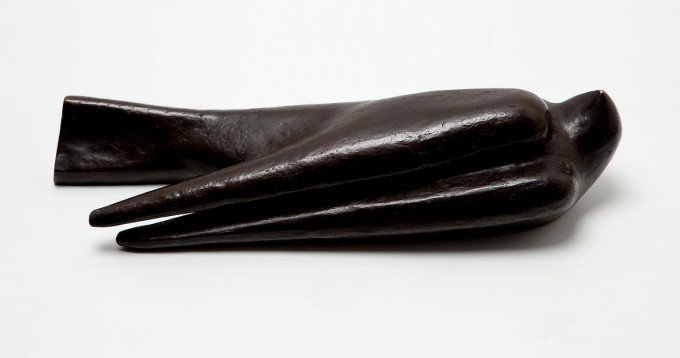

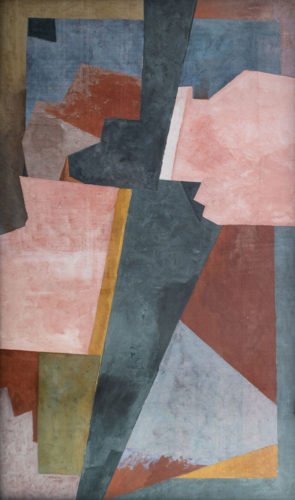
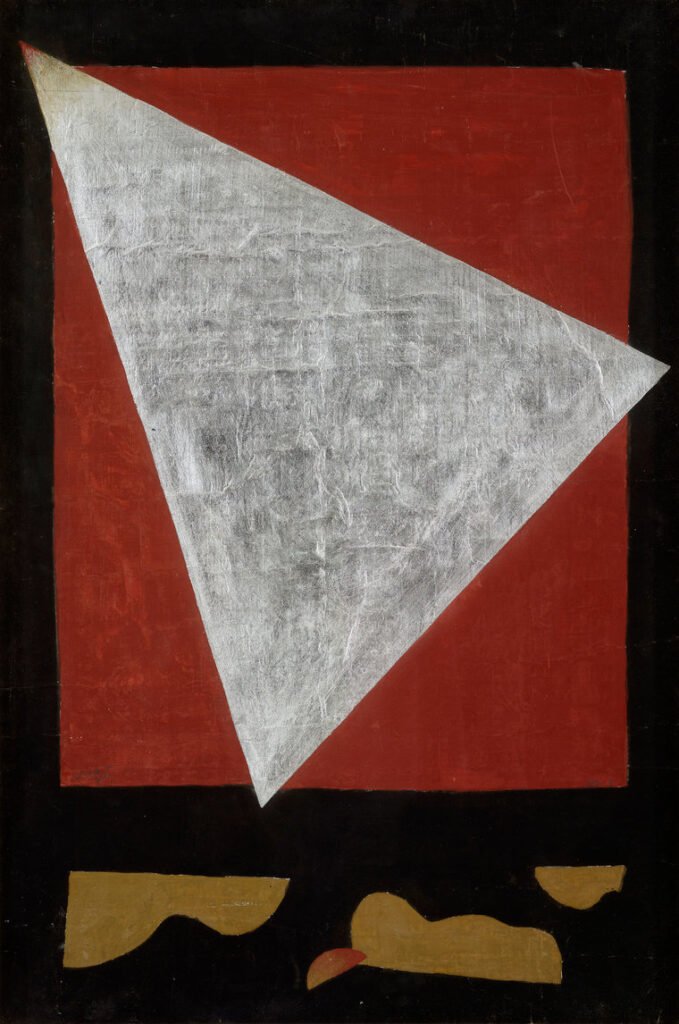
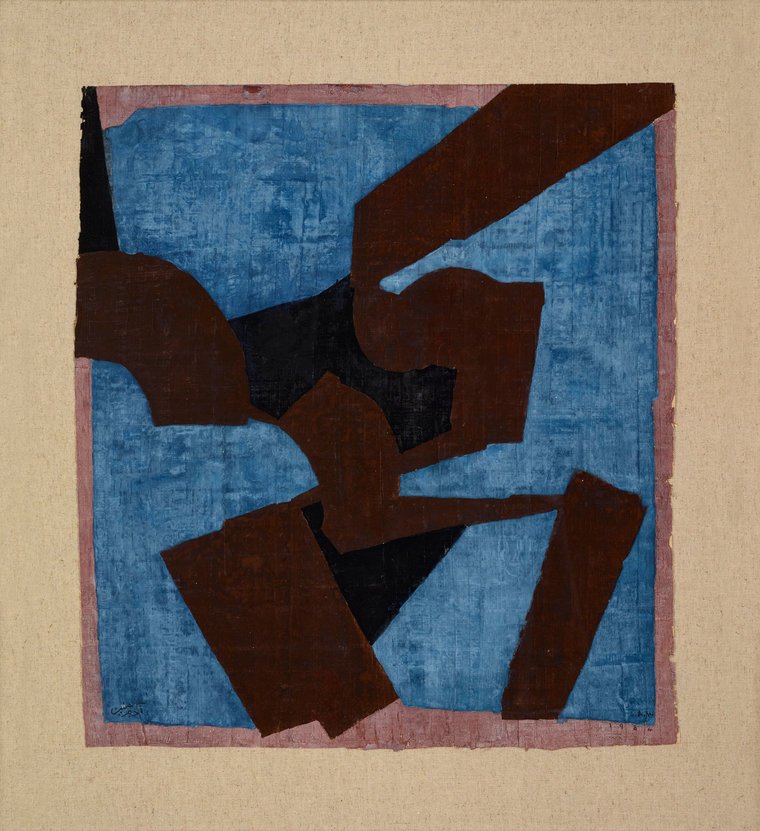
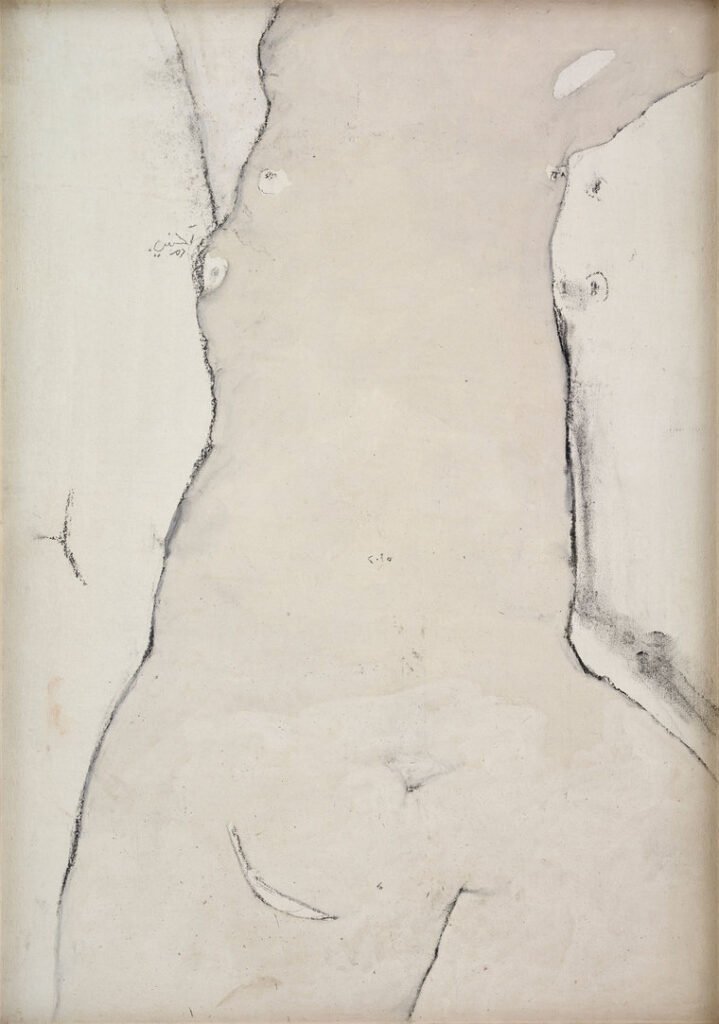
📚 Select References
- Wikipedia: Adam Henein dafbeirut.orgbibalex.orgen.wikipedia.org
- Mathaf: Arab Museum of Modern Art meemartgallery.com+2encyclopedia.mathaf.org.qa+2arttalks.com+2
- Dalloul Art Foundation nationalgallery.org+4dafbeirut.org+4meemartgallery.com+4
- Adam Henein Museum site en.wikipedia.org+12adamheneinmuseum.com+12csa-living.org+12
- Barjeel Art Foundation barjeelartfoundation.org+1meemartgallery.com+1
- The Art Newspaper obituary by Rose Issa dafbeirut.org+1theartnewspaper.com+1



